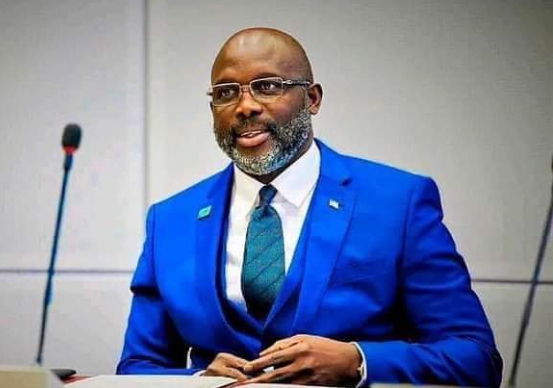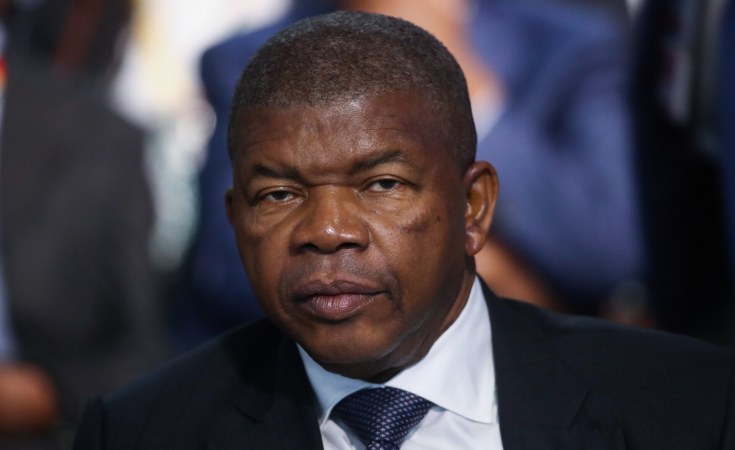In Liberia’s growth from a colony to a modern state, lies the untold story of Africa’s first and oldest modern republic founded on dreams of freedom and dignity.
Today people generally think of Liberia as a disaster, but it was not always so. Liberia was a founding member of the United Nations and one of the key initiators of the Organization of African Unity.
The Liberian story begins two hundred years when the descendants of the first Africans transported to America against their will sailed back to the land of their ancestors. Soon, thousands of freeborn Blacks and former slaves settled on Africa’s west coast, in the land that would become Liberia, named for the liberty they so dearly sought.
Liberia was founded by Americans in 1821 and remained under their control for just over 17 years before partial independence was achieved through the declaration of a commonwealth on April 4, 1839. True independence was declared eight years later on July 26, 1847, with the help of the American Colonization Society; a private organization based in the United States.
Liberia is one of two countries in Africa considered by some scholars to never have been colonized. Its location and economic viability helped Liberia avoid colonization. Some scholars argue, however, that Liberia’s 23-year period of American domination until independence in 1847 qualifies it to be regarded as a colony. Liberia retained its independence throughout the Scramble for Africa by European colonial powers during the late 19th century, while remaining in the American sphere of influence.
From the 1920s, the economy focused on the exploitation of natural resources. The rubber industry, specifically the Firestone Company, dominated the economy. Until 1980, Liberia was controlled politically by descendants of the original African-American settlers, known collectively as Americo-Liberians, who consisted of a small minority of the population.
The Americo-Liberian minority, many of whom were mixed-race African Americans, viewed the native majority as inferior and treated them much the same as white Americans had treated them. To avoid “contamination”, the Americo-Liberians practised endogamous marriage. For over a century the indigenous population of the country was denied the right to vote or participate significantly in the running of the country.
The Americo-Liberians consolidated power amongst themselves. They, but not the natives, received financial support from supporters in the United States. They established plantations and businesses, and were generally richer than the indigenous people of Liberia, exercising overwhelming political power. It was a division that would lead to political unrest and, ultimately, sows the seeds of war.
In the 20th century, Liberia followed the path of many other African states going from indigenous segregation but this time imposed by blacks on blacks, to a coup d’etat. But nothing prepared Liberians for the country’s devastating civil war that began on Christmas Eve, 1989. The violent overthrow of the Americo-Liberian regime that year devastated the country and brought Samuel Doe to power. Liberia was plunged into two consecutive civil wars during which 250,000 people died, human rights violations became rampant and over one million people were forced from their homes.
The first Liberian civil war started when Charles Taylor’s National Patriotic Front launched a rebellion to oust the authoritarian president Samuel Doe, who had murdered the country’s previous leader in a bloody coup. Taylor quickly took control of most of the country but not the capital, Monrovia, where an African force was present.
After Monrovia finally fell, Taylor was elected president in 1997, but within two years another rebellion erupted and he lost much of the country. The second civil war ended with a three-month siege of Monrovia in 2003, with Taylor fleeing to Nigeria.
The history of Liberia is not complete without mentioning the “blood diamonds’ trade, which is at the heart of the war-crimes trial of Charles Taylor.
Blood diamonds are diamonds mined in a war zone and sold to finance an insurgency, or a warlord’s activity. Starting in 1991, Liberia’s neighbouring country, Sierra Leone, started a war against their government. Liberia would trade weapons and money for the smuggled diamonds.
In 2000, the UN accused Taylor of supporting the Revolutionary United Front insurgency in Sierra Leone with weapons in exchange for diamonds. In 2001, the United Nations applied sanctions on the Liberian diamond trade.
Having regained peace, Liberia is attempting to construct a legitimate diamond mining industry. The UN lifted sanctions and Liberia is now a member of the Kimberley Process.
Two centuries down the line, Liberia has seen it all: the good, the bad, and the ugly. The ugliest side to her tortured national history could be said to be a decade of brutal civil war with the worst atrocities on the African continent.
As a result, regardless of its rich mineral base, which among others includes diamonds, gold, and oil deposits, Liberia remains one of the poorest and least developed countries in the World. But with good governance and dedicated leadership, Liberia could realize the dreams it was founded on.


